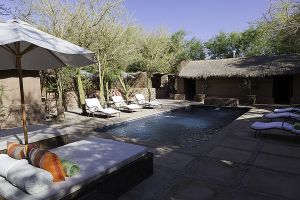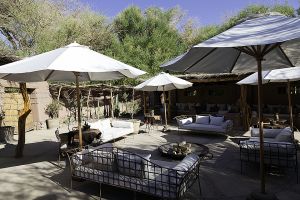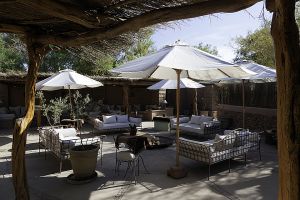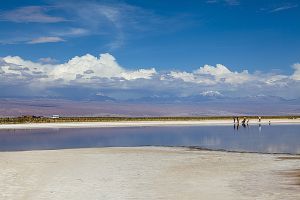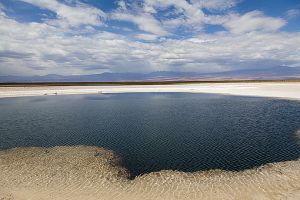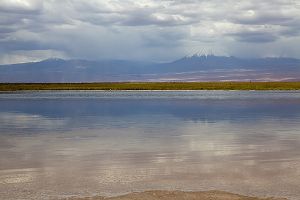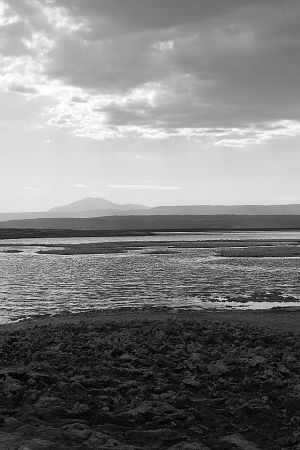Long sleep in this morning to 11am on my first day in the Atacama Desert. Whilst I did get some sleep on the plane, 24.5 hours of travel time from Sydney to San Pedro at an altitude of 2400m makes me not want to do anything until later in the afternoon. Awasi is unchanged since my last visit – an oasis in the oasis that is San Pedro de Atacama.
It has been raining in the driest desert in the world. February has seen torrential rain sufficient to wash away bridges, roads and houses in the area. Toconao, a neighbouring village to San Pedro, is declared a disaster zone due to the number of houses washed away by flood waters.
The downside for me is that a highly anticipated return to soak in the warm thermal river at Puritama can’t happen – Puritama will be closed for some time due to the volume of water in the river.
The positive side of the flooding rains is once the flood waters recede and the surface water evaporates, the Atacama is left with what appears to be a coating of dirty snow. It is in fact salt, leached to the surface. The Salar de Atacama (Atacama Salt Lake), is transformed into a stunning combination of dried salt formations and a true lake – more water than I have seen in 3 previous trips combined.
The ‘second choice’ to Puritama, Cejar Pond, is a popular attraction in the area. It possesses the same properties as the Dead Sea…salt content high enough to let you float in the water without any effort. But not really what I wanted, so the visit to Cejar Pond is over after a short swim.
I convince Cristobal, my guide, that we should drive out further into the Atacama Salt Lake to see how bad the road is, and take a closer look at the salt formations.
The road is not too bad in a 4wd, and we make it to a vantage point on the lake. The salt lake usually has a tiny volume of water – today it is a muddy, flooded area, with a huge volume of water. The local fauna (in this case, wild donkeys) are benefiting from the rains with new green growth and fresh water leading them closer to the salt lake. I can tell Cristobal doesn’t quite believe me when I told him I’d seen wild donkeys in the area on a previous trip – the large herd of braying donkeys gathered close to the water manages to convince him!

